

- RFQ
- BOM
-
Contact Us
Tel: +86-0755-83501315
Email: sales@sic-components.com
- Chinese
- English
- French
- German
- Portuguese
- Spanish
- Russian
- Japanese
- Korean
- Arabic
- Irish
- Greek
- Turkish
- Italian
- Danish
- Romanian
- Indonesian
- Czech
- Afrikaans
- Swedish
- Polish
- Basque
- Catalan
- Esperanto
- Hindi
- Lao
- Albanian
- Amharic
- Armenian
- Azerbaijani
- Belarusian
- Bengali
- Bosnian
- Bulgarian
- Cebuano
- Chichewa
- Corsican
- Croatian
- Dutch
- Estonian
- Filipino
- Finnish
- Frisian
- Galician
- Georgian
- Gujarati
- Haitian
- Hausa
- Hawaiian
- Hebrew
- Hmong
- Hungarian
- Icelandic
- Igbo
- Javanese
- Kannada
- Kazakh
- Khmer
- Kurdish
- Kyrgyz
- Latin
- Latvian
- Lithuanian
- Luxembou..
- Macedonian
- Malagasy
- Malay
- Malayalam
- Maltese
- Maori
- Marathi
- Mongolian
- Burmese
- Nepali
- Norwegian
- Pashto
- Persian
- Punjabi
- Serbian
- Sesotho
- Sinhala
- Slovak
- Slovenian
- Somali
- Samoan
- Scots Gaelic
- Shona
- Sindhi
- Sundanese
- Swahili
- Tajik
- Tamil
- Telugu
- Thai
- Ukrainian
- Urdu
- Uzbek
- Vietnamese
- Welsh
- Xhosa
- Yiddish
- Yoruba
- Zulu
- Kinyarwanda
- Tatar
- Oriya
- Turkmen
- Uyghur
Temperature Sensor–Types, Applications and Selection
A temperature sensor(https://www.sic-components.com/temperature-sensors) is a device designed to measure the degree of hotness or coldness of an object, substance, or environment and convert this thermal information into an electrical or digital signal that can be easily measured, processed, and interpreted. In essence, it serves as a bridge between the physical world of temperature variations and the digital world of data - driven decision - making.
These sensors are incredibly versatile and can be found in a vast array of applications, from the simplest household thermometers to highly sophisticated industrial monitoring systems. They play a crucial role in maintaining safety, optimizing performance, and ensuring the proper functioning of countless processes and devices.
The Developments of Temperature Sensors https://www.sic-components.com/temperature-sensors
The history of temperature sensors is a testament to human ingenuity and the continuous pursuit of more accurate and reliable measurement techniques. Early temperature sensors were relatively rudimentary. For example, the mercury - in - glass thermometer, which dates back several centuries, relied on the expansion and contraction of mercury within a calibrated glass tube to provide a visual indication of temperature.
With the advent of the industrial revolution, the need for more precise and robust temperature measurement in manufacturing processes led to the development of new sensor technologies. The discovery of the Seebeck effect in 1821, which forms the basis for thermocouple operation, was a significant milestone. Thermocouples, composed of two different metal wires joined at one end, could generate a measurable voltage proportional to the temperature difference between the junctions, enabling more accurate and remote temperature sensing.
In the 20th century, the electronics revolution brought about a new era of temperature sensor development. The invention of resistance temperature detectors (RTDs), which utilize the change in electrical resistance of a metal with temperature, offered even higher precision and stability. Semiconductor - based temperature sensors, such as thermistors, also emerged during this time. These sensors, which exhibit a large change in resistance with small temperature variations, were highly sensitive and found applications in a wide range of consumer and industrial products.
In recent years, the development of microelectromechanical systems (MEMS) technology has enabled the miniaturization of temperature sensors, making them smaller, more energy - efficient, and suitable for integration into a variety of smart devices. Additionally, the rise of the Internet of Things (IoT) has led to the creation of wireless temperature sensors that can communicate data in real - time, facilitating remote monitoring and control in various applications.
Elements of Temperature Sensors https://www.sic-components.com/temperature-sensors
Sensing Element: This is the heart of the temperature sensor, responsible for detecting temperature changes and converting them into a measurable signal. Different types of sensors have distinct sensing elements. For example, in an RTD, the sensing element is a wire or thin film made of a metal like platinum, nickel, or copper. Thermocouples use two different metal wires as their sensing elements, while thermistors employ semiconductor materials.
Electrical Circuitry: Once the sensing element has detected a temperature - induced change, the electrical circuitry processes this signal. In some cases, it may amplify the weak electrical signal generated by the sensing element. For digital temperature sensors, the circuitry also includes analog - to - digital converters (ADCs) to convert the analog signal from the sensing element into a digital format that can be easily read by microcontrollers or other digital devices.
Housing and Packaging: The housing protects the internal components of the temperature sensor from environmental factors such as moisture, dust, and mechanical damage. It also provides a means of mounting the sensor in the desired location. The packaging can vary depending on the application, ranging from simple plastic casings for consumer - grade sensors to rugged, hermetically sealed enclosures for industrial and harsh - environment applications.
Connectors and Cables: These are used to connect the temperature sensor to the measurement or control system. Connectors ensure a reliable electrical connection, while cables transmit the electrical signal from the sensor to the device that will process and display the temperature data.
How Does a Temperature Sensor Work? https://www.sic-components.com/temperature-sensors
The working principle of a temperature sensor depends on its type. Here are the mechanisms for some common temperature sensors:
Thermocouples: As mentioned earlier, thermocouples operate based on the Seebeck effect. When two different metals are joined at one end (the hot junction) and the other end (the cold junction) is at a different temperature, a small voltage is generated. This voltage is proportional to the temperature difference between the two junctions. By measuring this voltage and knowing the characteristics of the specific thermocouple type, the temperature can be determined.
Resistance Temperature Detectors (RTDs): RTDs rely on the fact that the electrical resistance of a metal changes with temperature. Typically, as the temperature increases, the resistance of the metal increases in a predictable manner. By passing a known current through the RTD and measuring the resulting voltage drop, the resistance can be calculated, and from there, the temperature can be determined using a calibration curve specific to the RTD.
Thermistors: Thermistors are temperature - sensitive resistors. They come in two main types: negative temperature coefficient (NTC) and positive temperature coefficient (PTC). NTC thermistors decrease in resistance as the temperature increases, while PTC thermistors increase in resistance with rising temperature. Similar to RTDs, by measuring the resistance of a thermistor, its temperature can be inferred based on its pre - characterized resistance - temperature relationship.
Infrared Sensors: These non - contact sensors detect the infrared radiation emitted by an object. All objects above absolute zero emit infrared radiation, and the amount and wavelength of this radiation depend on the object's temperature. Infrared sensors use detectors, such as pyroelectric or thermopile detectors, to measure the infrared energy. The sensor then converts this energy measurement into a temperature reading based on established relationships between infrared radiation and temperature.
Types of Temperature Sensors https://www.sic-components.com/temperature-sensors
Contact Temperature Sensors
Thermocouples: Available in various types (e.g., Type K, J, T, E, etc.), each with its own temperature range and characteristics. They are rugged, cost - effective, and can measure a wide range of temperatures from extremely low to very high values.
Resistance Temperature Detectors (RTDs): Platinum RTDs (PT100 and PT1000) are the most common. They offer high accuracy, good linearity, and stability over a moderate temperature range, making them suitable for applications where precise and reliable temperature measurement is required.
Thermistors: Highly sensitive and relatively inexpensive, thermistors are often used in applications that require quick response times and tight temperature control in a limited temperature range, such as in consumer electronics and automotive systems.
Bimetallic Thermometers: These consist of two different metals bonded together. As the temperature changes, the two metals expand or contract at different rates, causing the bimetallic strip to bend. This bending motion is then translated into a temperature reading on a scale, typically used in simple, mechanical temperature - indicating devices.
Non - Contact Temperature Sensors
Infrared Thermometers: Provide a quick and easy way to measure the surface temperature of an object without physical contact. They are widely used in applications such as monitoring electrical equipment, checking the temperature of moving machinery, and in medical devices for non - invasive body temperature measurement.
Thermal Imaging Cameras: These advanced sensors convert infrared radiation into visible images, allowing for the visualization of temperature distributions across an object or area. They are invaluable in applications such as building diagnostics, electrical system inspections, and search and rescue operations.
Functions of Temperature Sensors https://www.sic-components.com/temperature-sensors
Measurement: The primary function of a temperature sensor is to accurately measure the temperature of a given object, substance, or environment. This measurement can be used for a variety of purposes, from simply providing information to enabling precise control of a process.
Monitoring: Temperature sensors are used to continuously monitor temperature changes over time. In industrial settings, this helps in detecting any abnormal temperature variations that could indicate a problem with equipment or a process. In environmental monitoring, they track changes in air, water, or soil temperature, which is crucial for understanding climate patterns and ecological health.
Control: Based on the temperature measurements, temperature sensors can trigger control actions. For example, in a heating, ventilation, and air - conditioning (HVAC) system, a temperature sensor detects the room temperature and sends a signal to the controller. The controller then adjusts the heating or cooling output to maintain the desired temperature. In industrial processes, temperature sensors are used to control the flow of materials, the operation of heaters or coolers, and other process parameters to ensure optimal performance.
Safety: Temperature sensors play a vital role in ensuring safety. In vehicles, they monitor the temperature of the engine, transmission, and other components to prevent overheating, which could lead to breakdowns or even fires. In buildings, they are used in fire detection systems to sense rising temperatures and trigger alarms. In hazardous environments, such as chemical plants, temperature sensors help detect potentially dangerous temperature changes that could lead to chemical reactions or explosions.
Applications of Temperature Sensors https://www.sic-components.com/temperature-sensors
Industrial Applications: In manufacturing, temperature sensors are used to monitor and control the temperature of furnaces, ovens, reactors, and other processing equipment. They ensure that materials are processed at the correct temperature for optimal quality and efficiency. In power plants, they are used to measure the temperature of steam, gases, and various components of turbines and boilers. Additionally, in the oil and gas industry, temperature sensors are crucial for monitoring the temperature of pipelines, storage tanks, and drilling operations.
Automotive Applications: Temperature sensors are found throughout a vehicle. They measure the temperature of the engine coolant, engine oil, transmission fluid, and air intake. This information is used by the vehicle's onboard computer to optimize engine performance, improve fuel efficiency, and ensure the longevity of components. For example, if the engine coolant temperature is too high, the computer may adjust the fan speed or reduce engine power to prevent overheating.
Medical Applications: In healthcare, temperature sensors are used for patient monitoring. Non - invasive infrared thermometers are commonly used to quickly and accurately measure body temperature. Temperature sensors are also integrated into medical devices such as incubators, where they maintain a stable and optimal temperature for premature infants. In addition, they are used in surgical procedures to monitor the temperature of tissues and ensure that they do not overheat during operations.
Environmental Monitoring: Temperature sensors are used to monitor air temperature, water temperature, and soil temperature in environmental research. This data is essential for studying climate change, weather patterns, and the health of ecosystems. For example, monitoring water temperature in rivers, lakes, and oceans helps in understanding the impact of temperature on aquatic life and the spread of water - borne diseases.
Home and Building Automation: In smart homes, temperature sensors are used to control HVAC systems, ensuring that rooms are maintained at comfortable temperatures while minimizing energy consumption. They can also be integrated with other smart devices, such as smart thermostats, which can learn occupants' temperature preferences and adjust the temperature automatically. In buildings, temperature sensors are used for energy management, fire detection, and ventilation control.
How to Effective Temperature Control Using Temperature Sensors? https://www.sic-components.com/temperature-sensors
Sensor Selection: Choosing the right temperature sensor is crucial for effective temperature control. Consider factors such as the required temperature range, accuracy, response time, environmental conditions, and cost. For example, in a high - temperature industrial furnace, a thermocouple may be the best choice due to its ability to withstand extreme temperatures. In a precision laboratory application, a high - accuracy RTD might be more suitable.
Proper Installation: The location and installation of the temperature sensor can significantly impact the accuracy of the measurement and the effectiveness of the control system. The sensor should be placed in a location that accurately represents the temperature of the medium or area being monitored. Avoid placing the sensor near heat sources, drafts, or areas with poor air circulation. Ensure that the sensor is properly mounted and connected to the control system to prevent any signal interference.
Calibration: Regular calibration of the temperature sensor is essential to maintain its accuracy over time. Calibration involves comparing the sensor's output to a known, accurate temperature standard and adjusting the sensor if necessary. Different sensors have different calibration intervals, but it is generally recommended to calibrate temperature sensors at least once a year, or more frequently depending on the application and environmental conditions.
Control Algorithm: The control algorithm used in the temperature control system determines how the system responds to changes in temperature. Common control algorithms include proportional - integral - derivative (PID) control, which is widely used due to its ability to provide stable and accurate control. The PID controller adjusts the control output based on the current error (the difference between the setpoint temperature and the measured temperature), the integral of the error over time, and the rate of change of the error.
Monitoring and Adjustment: Continuously monitor the temperature control system to ensure that it is operating as expected. Analyze the temperature data collected by the sensor to identify any trends or patterns that could indicate a problem. If necessary, make adjustments to the sensor, the control algorithm, or other components of the system to optimize performance and maintain the desired temperature.
In the field of temperature sensing, as a leading distributor of temperature sensors(https://www.sic-components.com/temperature-sensors), SIC Company has always been your reliable partner. We collaborate with renowned global brands and offer a full range of temperature sensors, including thermocouples, RTDs (Resistance Temperature Detectors), thermistors, infrared sensors, etc., meeting the needs of various fields such as industrial manufacturing, healthcare, and scientific research.
Each product undergoes strict screening to ensure high precision, stability, and durability. Our professional team provides customized selection solutions and technical support, offering attentive service from consultation to after-sales. Choose SIC Company and opt for accurate and efficient temperature sensing solutions. Let us help your business precisely control temperatures and move towards success!
Temperature Sensor Frequently Asked Questions
Q: What is the difference between a thermocouple and an RTD?
A: Thermocouples generate a voltage based on the temperature difference between two junctions of different metals, while RTDs rely on the change in electrical resistance of a metal with temperature. Thermocouples can measure a wider range of temperatures, including very high temperatures, but generally have lower accuracy compared to RTDs. RTDs offer higher precision and better linearity, especially in the moderate temperature range.
Q: Can temperature sensors be used in hazardous environments?
A: Yes, there are temperature sensors specifically designed for use in hazardous environments. These sensors are often rated for explosion - proof or intrinsically safe operation, meaning they are constructed in a way that prevents the ignition of flammable gases or vapors. They may also be protected against moisture, dust, and other environmental factors that could damage a standard sensor.
Q: How long do temperature sensors last?
A: The lifespan of a temperature sensor depends on several factors, including the type of sensor, the operating environment, and the frequency of use. In general, well - maintained RTDs and thermocouples can last for several years. However, in harsh environments or applications with high vibration or frequent temperature cycling, the lifespan may be shorter. Regular calibration and proper installation can help extend the life of a temperature sensor.
Q: Are there wireless temperature sensors available?
A: Yes, wireless temperature sensors are widely available. These sensors use wireless communication technologies such as Bluetooth, Wi - Fi, Zigbee, or LoRa to transmit temperature data to a receiver or a central monitoring system. Wireless temperature sensors are convenient for applications where wired connections are difficult to install or where remote monitoring is required, such as in large buildings, industrial plants, or environmental monitoring sites.
https://www.sic-components.com/temperature-sensors

Hot Products
View MoreRelated Blogs

2000+
Daily average RFQ Volume

30,000,000
Standard Product Unit

2800+
Worldwide Manufacturers

15,000 m2
In-stock Warehouse



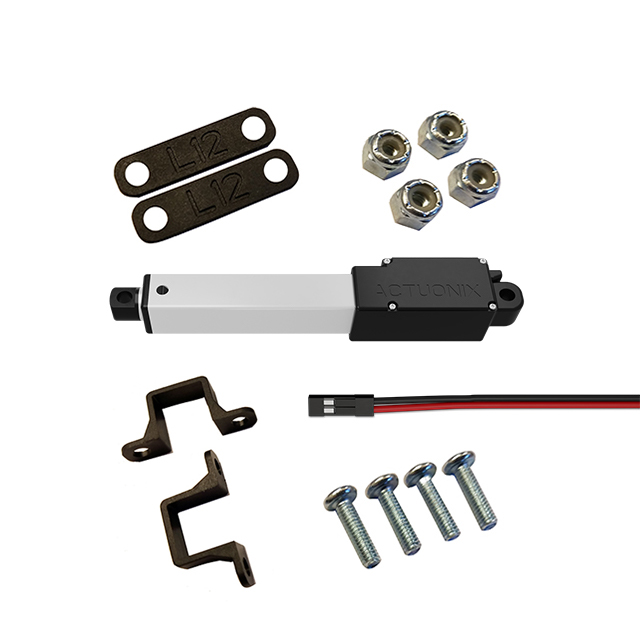

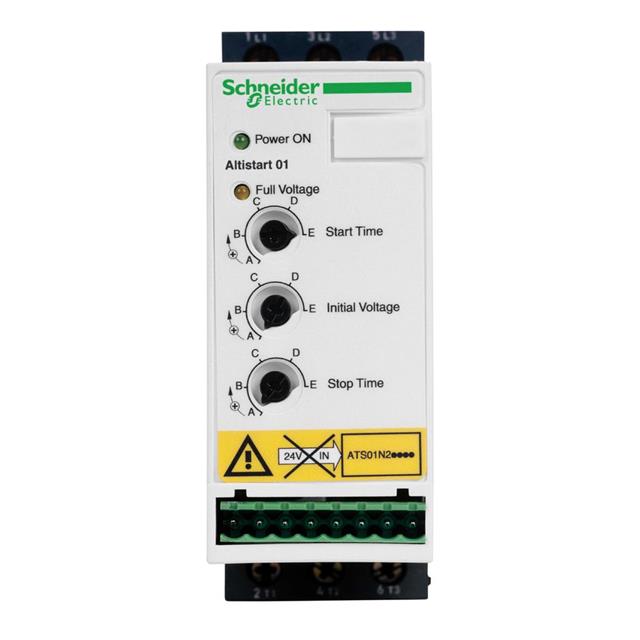
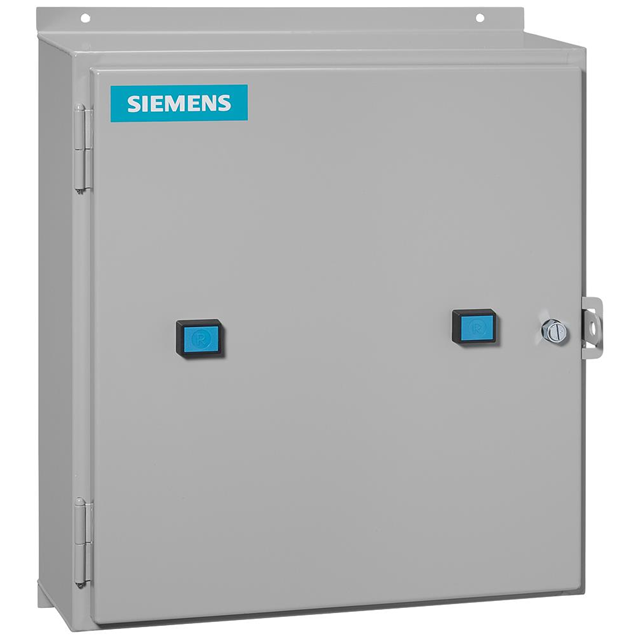
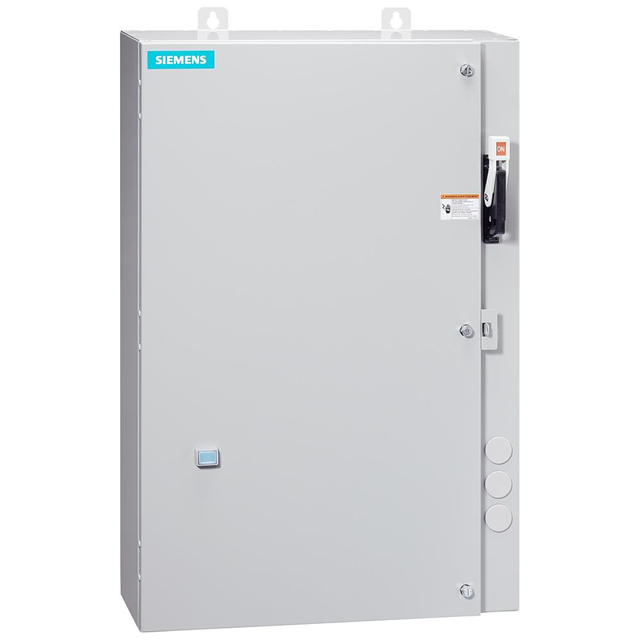
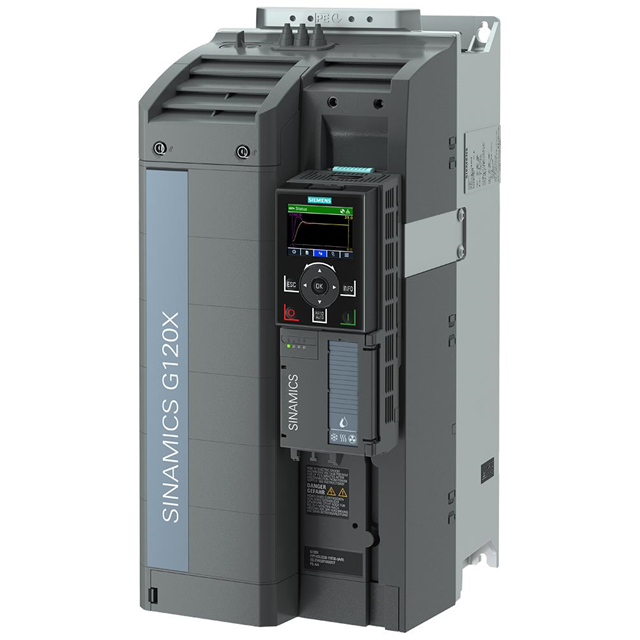

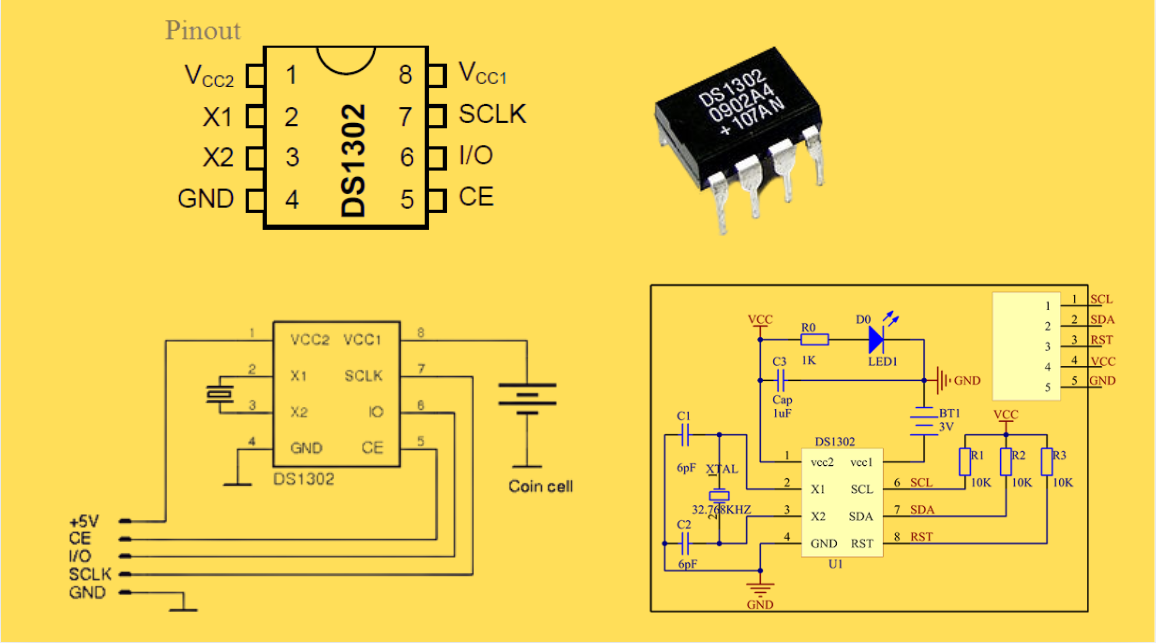
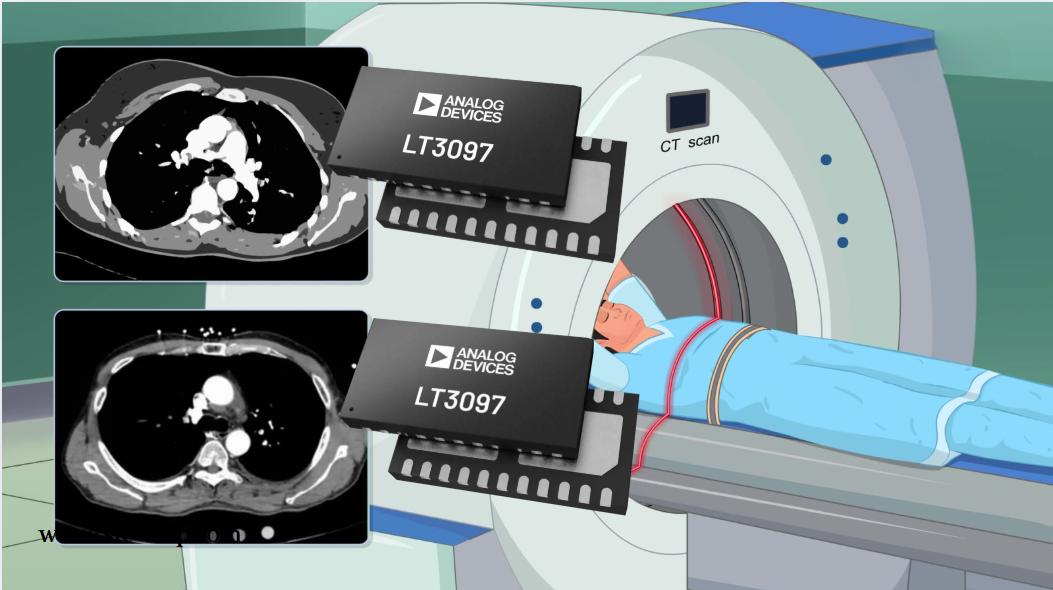
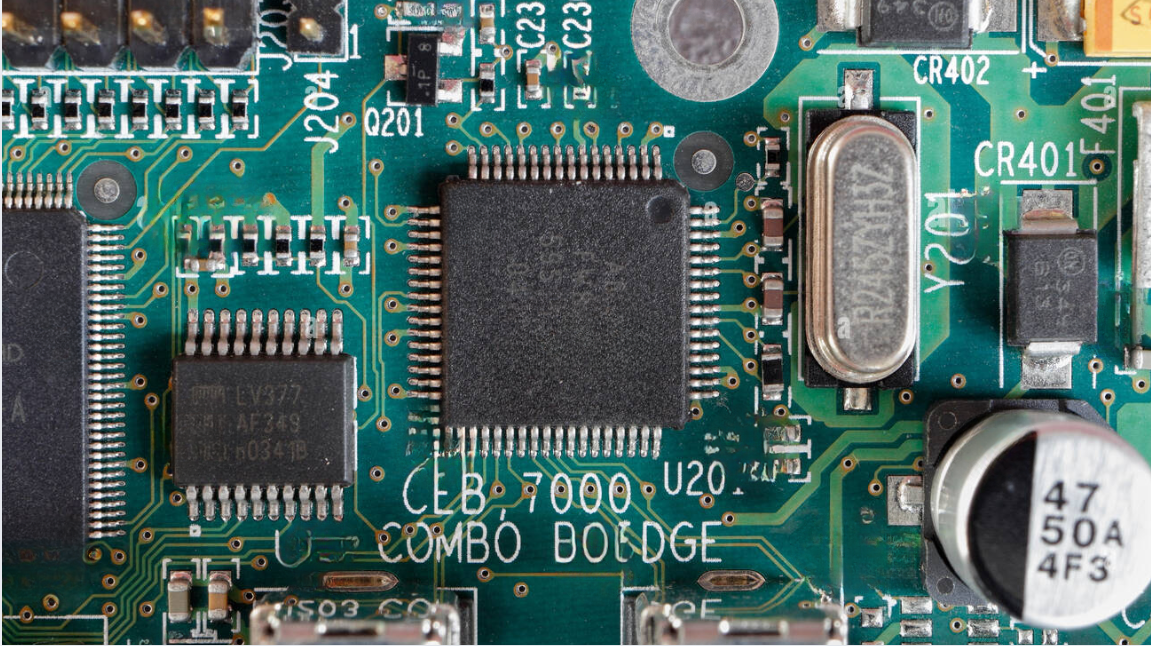
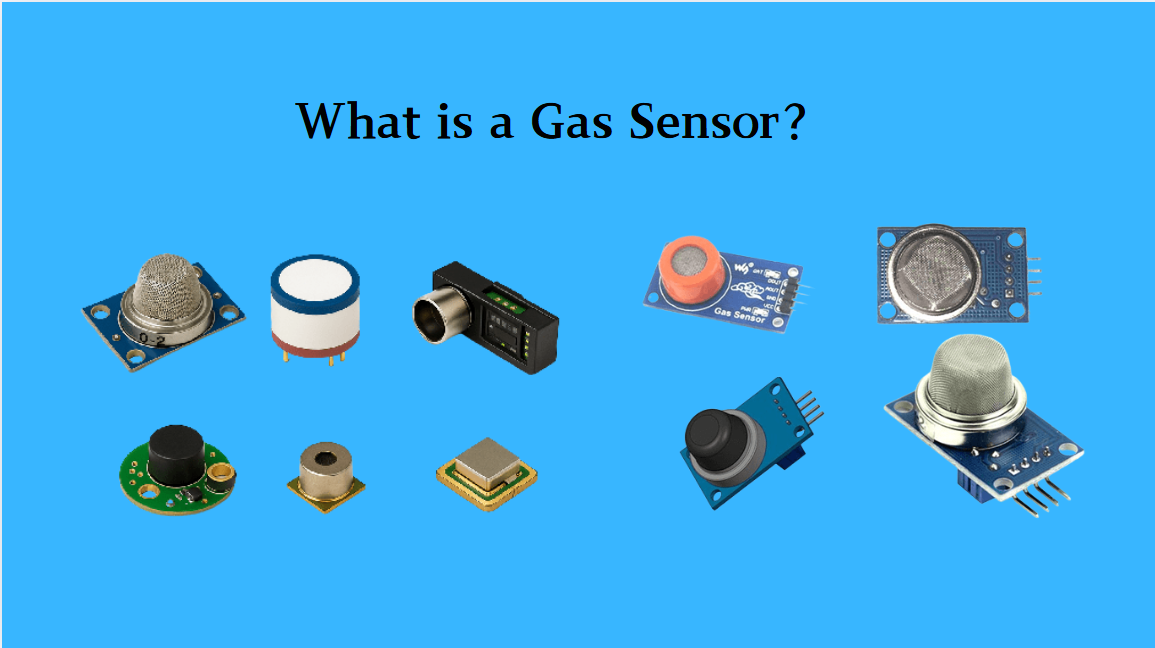
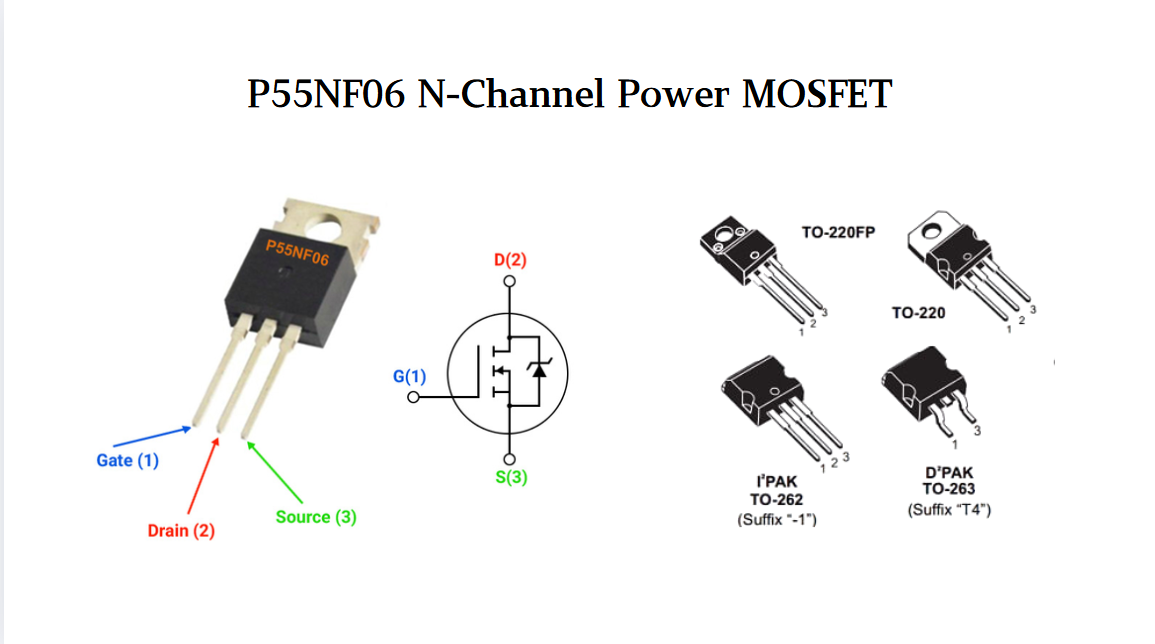


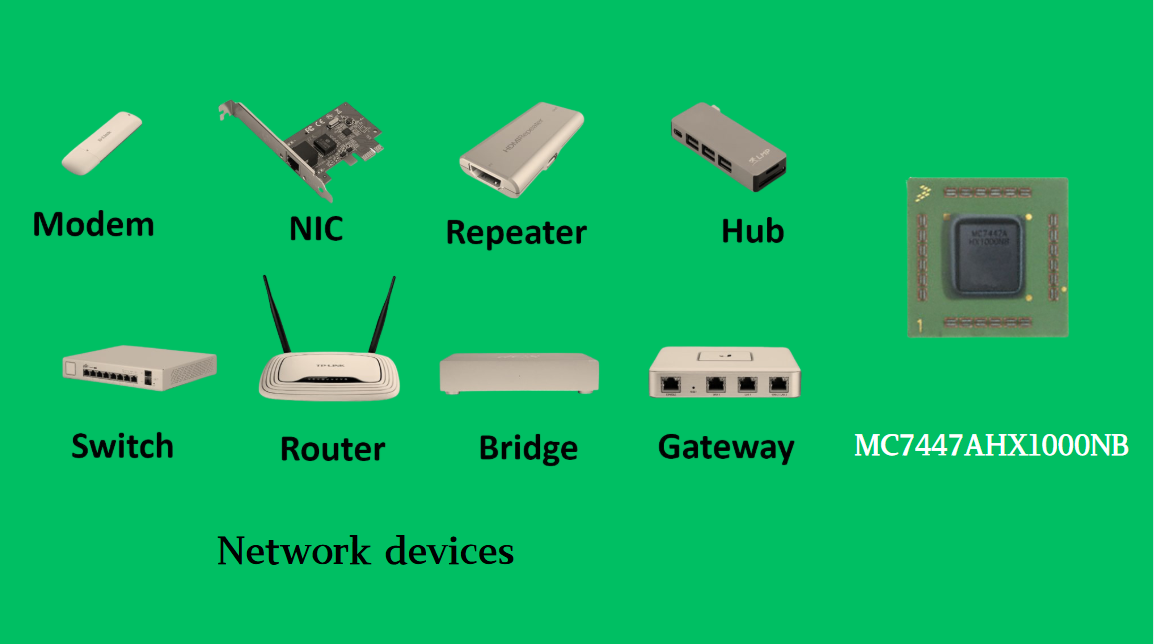
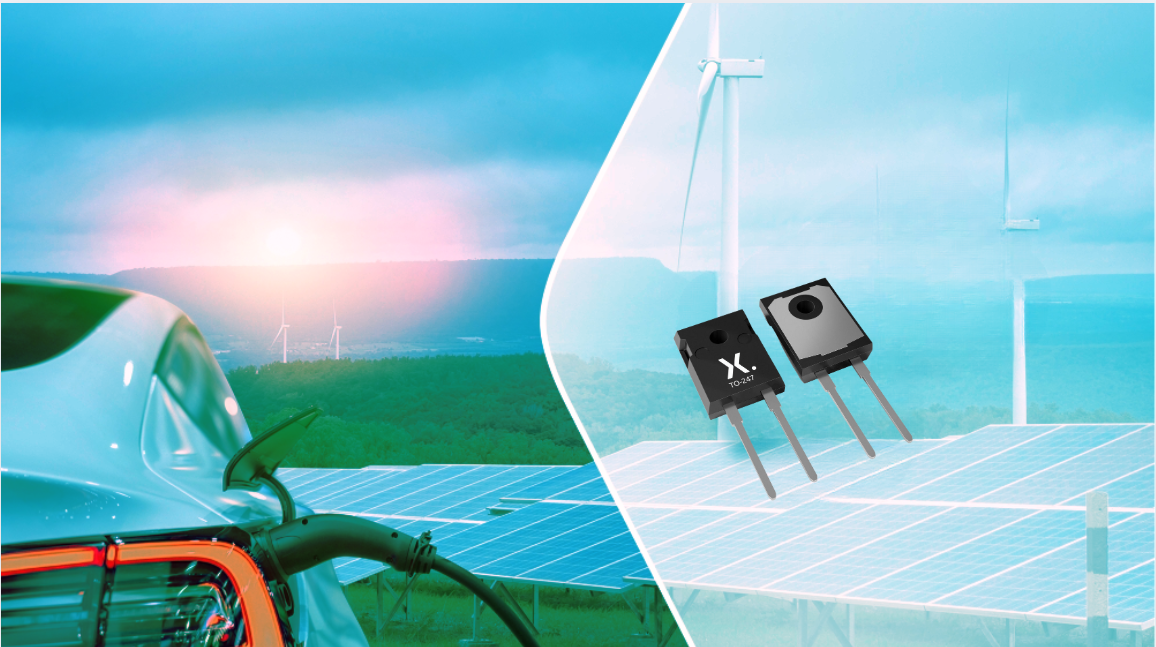
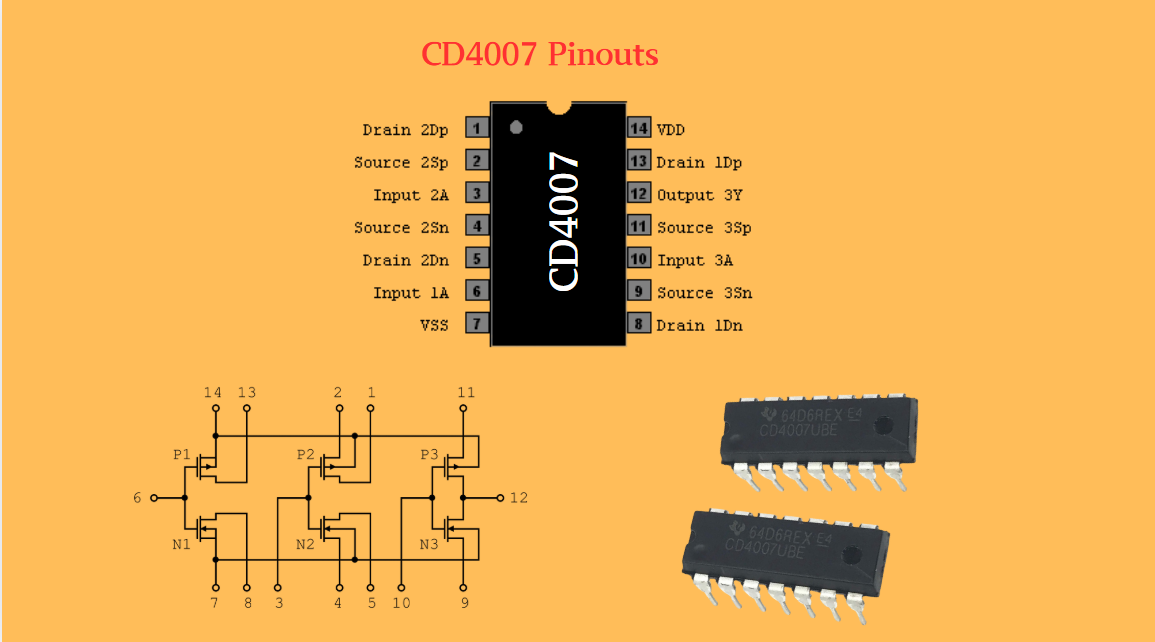
 Wishlist (0 Items)
Wishlist (0 Items)